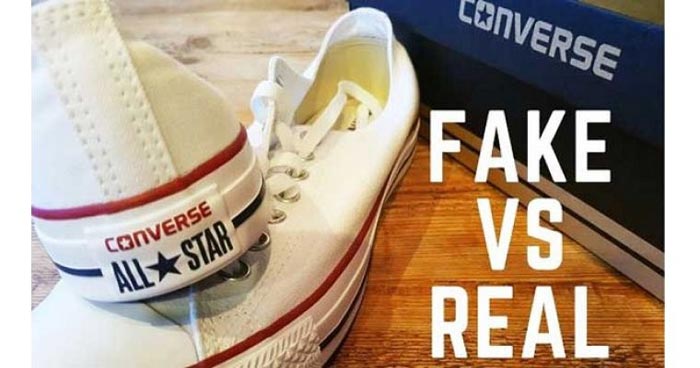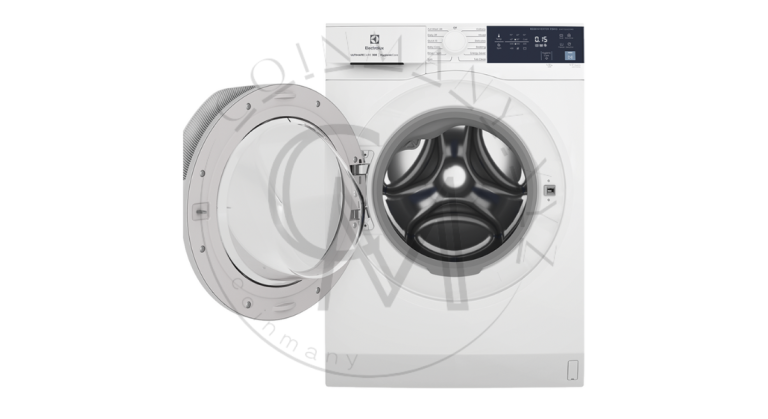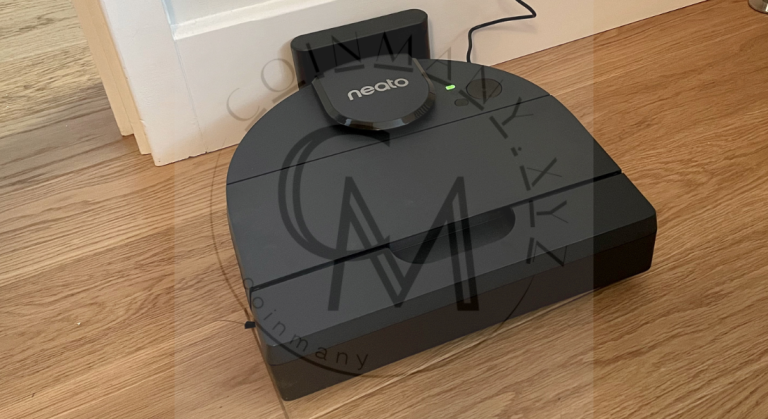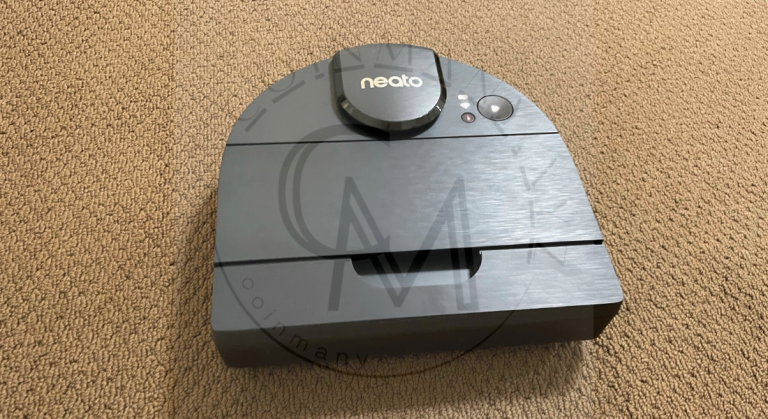
Gone are the days when Air Jordan 5s were the most counterfeited shoes of all time, with color combinations so outrageous they could make one dizzy. Counterfeit shoes have now grown exponentially, resembling the authentic ones to the extent of posing a threat to giants like Nike, Adidas, or even luxury brands like Gucci or Louis Vuitton.
Fake shoes overshadowing the genuine ones
A 52 million views clip demonstrates the contrasting attitudes between a sexy girl and a breastfeeding woman passing by.
A high schooler rents a bike, carries balloons, and escorts female classmates on International Women’s Day.
In the United States, a student loses his life while brandishing a gun at school.
Three years ago, when the first images of the Adidas Yeezy ‘750’ Boost caused a sensation, followed by the powerful rise of the three-striped brand, there was buzz around Kanye West’s (likely exaggerated) promise of a 2020 White House bid, accompanied by a special invitation of “Yeezy for everyone.” While the statement was a bit far-fetched to become a campaign slogan, part of that slogan has now become a reality, as Yeezy-branded shoes seem to be everywhere, worn by everyone, thanks to the efforts of counterfeit shoe factories based in China.

Up until about five years ago, during the golden age of Air Jordan, Nike LeBron, and Kobe sneakers, counterfeit shoes were somewhat laughable. Chinese factories could produce something resembling the legendary Air Jordan 3 Black Cement, but when put on the scale, most websites or sneaker forums like Fake Education or Nike Talk would have numerous experts pointing out flaws in the fake products. Essentially, during the 2010-2013, 2014 period, counterfeit shoes were still quite rudimentary. While there were some fairly sophisticated counterfeit Nike athletic shoes, they still showed their true colors, much like a novice poker player in front of a pro.
The sneaker world, including Vietnam, continued nonchalantly until an unexpected event surfaced. In 2014, the Vietnamese sneaker community, in groups like Sneaker Nerve or Vietnam Sneakerheads, suddenly faced confusion over whether a pair of Air Jordan XI ‘Concords’ was real or fake. It’s worth mentioning that these shoes were among the most sought-after products in the Nike Air Jordan line, causing chaos and even violence upon their release in 2011 at some US stores.

At the same time, alongside the influx of fake Air Jordan 11 Concords into Vietnam (recognized by features such as pointed toes, overly transparent icy soles, and thin, twisted laces), there were also authentic Concord pairs marked as B-Grade (official company products with minor defects). Vietnamese sneaker enthusiasts (and perhaps worldwide) freely bought these Jordan pairs, confident they were genuine, thinking, “What fake shoes could look as good as these?” Two years after the Concord frenzy subsided, subtly deceptive fake Concord pairs started flooding the market, resembling “B-grade” Concords that sneakerheads once prized. Even now, sneakerheads worldwide, including in Vietnam, are realizing it was all a scam.
For those not deeply entrenched in sneaker culture, they have their own reasons for buying counterfeit or replica items. Some simply don’t care, as long as they have something to wear on their feet. Others, starting to appreciate brands and aesthetics, demand higher-quality, more authentic-looking versions. Thus, from 2010 to 2014, terms like “fake 1, fake 2, fake 3” emerged, with smaller numbers indicating greater similarity to authentic products. These keywords prevailed for a while, then were overshadowed by “Replica.”

“Replica” was a term originally used in the watchmaking industry, referring to imitations so exact they mirrored genuine items inside and out. When applied to shoe manufacturing, “replica” still meant fake but in a new way, capable of astonishing sneaker enthusiasts with their resemblance to the original. However, keen observers could still discern between the genuine and the replica.
The term “replica” arrived in Vietnam around the time when two shoe lines were making waves: the affordable line of Rick Owens shoes called DRKSHDW and Kanye West’s first Yeezy Boost 350s. Advertised as identical to the originals, these “replica” versions were indeed problematic for the original brands, appearing indistinguishable upon closer inspection. Wearing them on the streets, few would casually approach to inspect the Boost soles or ask you to unzip your YKK zippers to check if they were genuine Rick Owens. Thus, in Vietnam (and likely elsewhere), “replica” shoes began to dominate, causing headaches for genuine sneaker enthusiasts, who nervously navigated each buying and selling cycle, haunted by the specter of “fake” goods.
Subsequently, another concept emerged, eclipsing “fake 1, fake 2, replica” terms, becoming the pinnacle of the sneaker counterfeit industry and a major headache for any brand.
Have you noticed the prevalence of Air Jordan 1 x Off-White, Balenciaga Triple-S, or Yeezy 350 in the market, especially for those with limited budgets? Sneaker brands are everywhere, from urban centers to rural areas, with fake and genuine items becoming increasingly indistinguishable. Whenever suspicions arise in sneaker enthusiast Facebook groups about the authenticity of a particular item, members engage in intense scrutiny and debates for days. Why?
The answer lies with Perfect Kickz (PK), a counterfeit shoe factory based overseas. This factory has reached a level of sophistication where most of the recent popular shoe models (including Adidas NMD Hu, Balenciaga Speed Trainer, Triple-S, and all Nike x Off-White editions) are replicated to perfection. It’s astonishing how closely PK’s products resemble the genuine ones, although a thorough examination would reveal the difference between real and fake.
An inevitable consequence of the increasing similarity between fake and genuine shoes is the decline of genuine products. In the early days of counterfeiting, when quality, materials, and craftsmanship were rough and flawed, the primary reason to avoid non-branded shoes was the quality differential. Over time, when even genuine Air Jordans received criticism for quality issues or when Adidas’ Boost soles turned yellow too quickly while prices remained high, fake shoes, with their improving quality and abundance, became an irresistible temptation. In sneaker Facebook groups (now numbering in the thousands), rather than debating real vs. fake, many Vietnamese youths are now discussing which fake shoes resemble the real ones more closely, whether they’re “replica” or “PK God” shoes. This is an unfortunate development, as buying counterfeit goods is illegal, and for sneaker enthusiasts, purchasing fake shoes is essentially killing the brands they love.
Counterfeiting is not limited to Vietnam—a country still developing enough for every fashion enthusiast to afford Vetements or Gucci. Even in affluent countries like South Korea, counterfeiting remains a problem. In 2017, a documentary by Highsnobiety magazine exposed the dark side of South Korea’s street style culture, with many fashionistas sporting Balenciaga, Off-White, or Raf Simons—all from China. The documentary’s witty host apologized to Virgil Abloh and Riccardo Tisci whenever he held a fake Off-White or Givenchy item, but it was no laughing matter.
Fake goods,
Nike• Read more
Adidas• Read more
123tv.cloud• Read more



